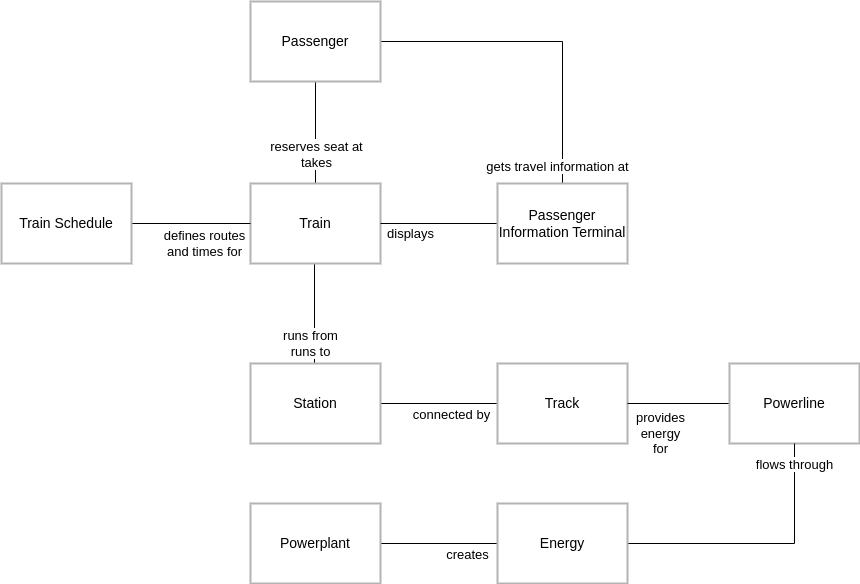Enterprise Elements | Base Elements
Object
A structure that is relevant to the enterprise.
Description
An object is a tangible or intangible multi-part structure such as a machine, building, application or data. Objects can have behaviour, such as performing automated activities, or support people that are doing activities. Objects consist of parts: objects that combine to form an object of a higher complexity and function.
For the purpose of enterprise design it is important to understand that not every object can be engineered and predictably (re-)produced. Some objects like machines or software applications are complicated and deterministic and can be engineered to exact specifications. Other objects like plants or social structures are complex and unpredictable and may be influenced to a certain degree only, because much of their form and function emerges through their interactions with each other and with their environment.
Object Map
Depicting link relationships. Also known as Object Model, Entity Relationship Diagram, Domain Model or Data Model.
Examples
- A hospital manages beds, drugs and equipment, patient medical records, and teams of doctors and nurses.
- A broadcasting company provides a public website about food including recipes, food and famous chefs.
- A government agency handles information about citizens and their vehicles for regulation and tax purposes.
- An airport handles infrastructure such as taxiways and buildings, as well as planes, passengers and flights.
Use
- Use a single consistent vocabulary.
- Consistently use the same entities and relations when designing software solutions (data models, user interfaces).
- Buy and manage the assets (machines, software, buildings, etc.) you need.
Related
Facet and intersection elements
- contents are objects of communication
- channels are objects of interaction
- assets are objects supporting enterprise activities
- products are objects of our offerings
- brands are objects of representation
- organisations are objects of collaboration
Suggested Labels
